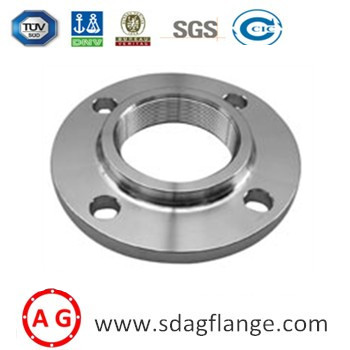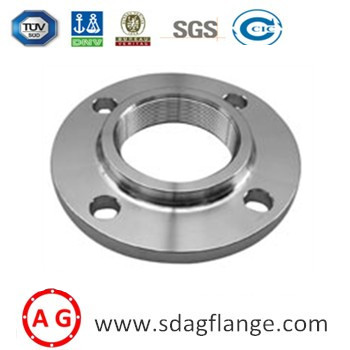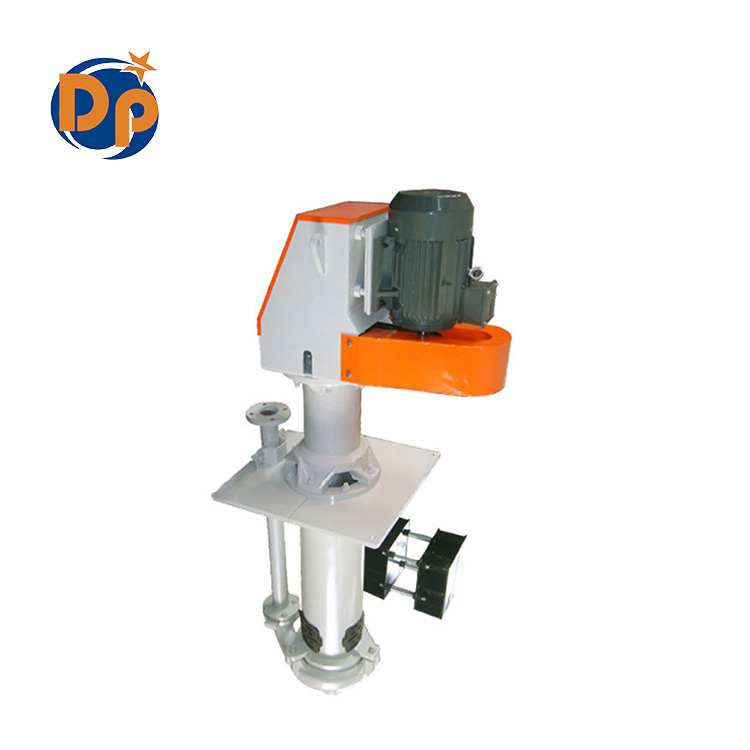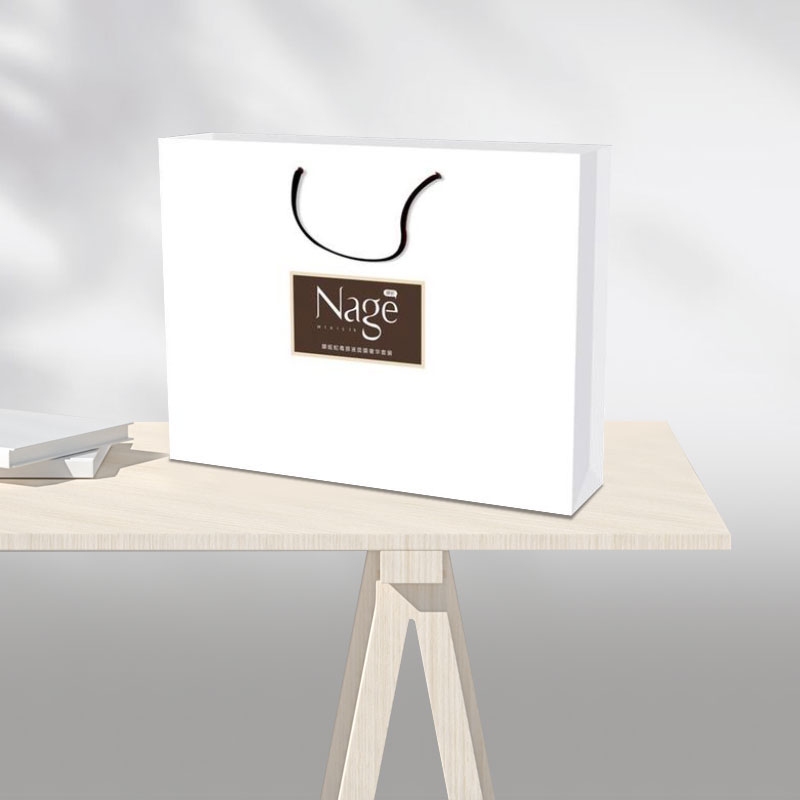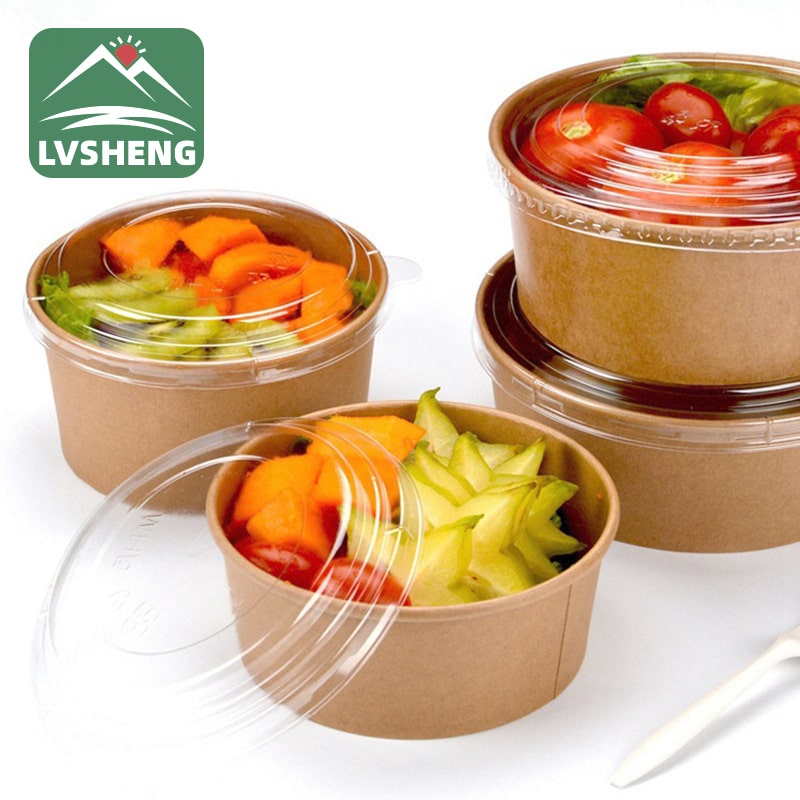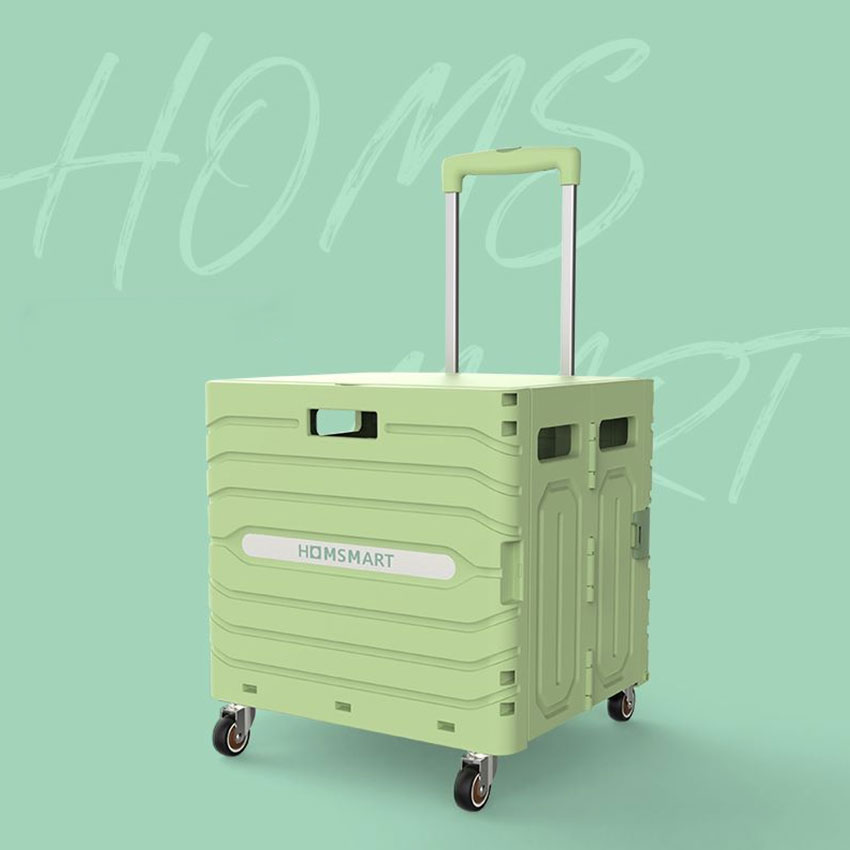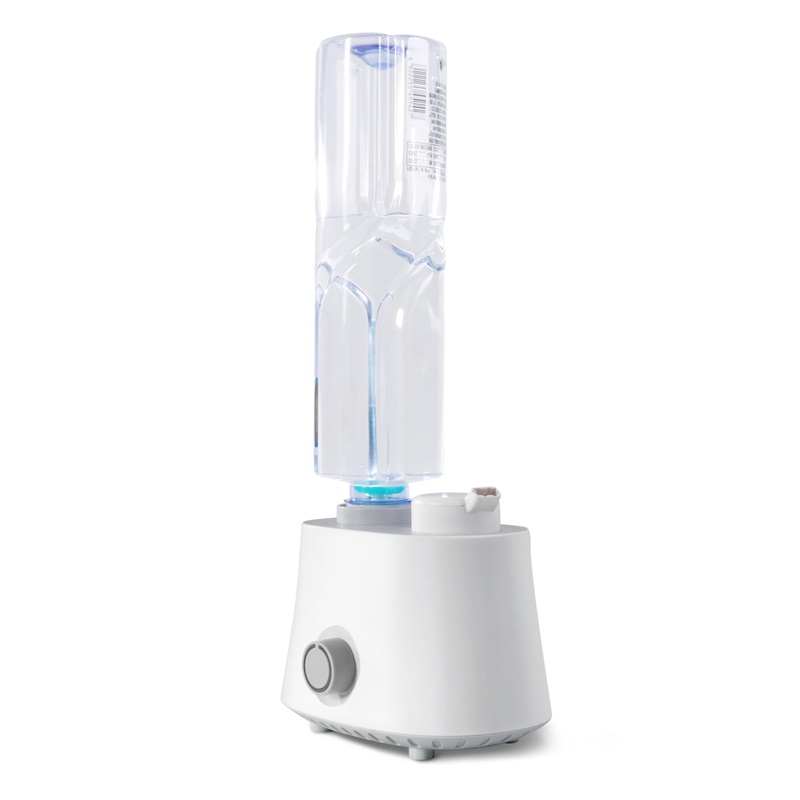The Brief Introduction to Carbon Steel Pipe Fitting
Carbon steel pipe fittings are components used to connect, control, or change the direction of carbon steel pipes in various piping systems. They are designed to ensure a secure and leak-free connection between pipes, and they come in a variety of shapes, sizes, and configurations to suit different ......
Send Inquiry
Product Description
Carbon steel pipe fittings are components used to connect, control, or change the direction of carbon steel pipes in various piping systems. They are designed to ensure a secure and leak-free connection between pipes, and they come in a variety of shapes, sizes, and configurations to suit different application requirements. Here are some key points about carbon steel pipe fittings:
1. Material: Carbon steel pipe fittings are typically made from carbon steel, which is a durable and strong material known for its excellent tensile strength and resistance to wear and corrosion. Carbon steel is commonly used in various industrial applications due to its affordability and versatility.
2. Types: Carbon steel pipe fittings come in a range of types to accommodate different connection needs. Some common types include elbows, tees, reducers, couplings, caps, crosses, unions, and flanges. Each type serves a specific purpose, such as changing the direction of flow, joining pipes of different sizes, or closing off the pipe.
3. Connection Methods: Carbon steel pipe fittings can be connected to pipes using different methods, including threaded connections, welded connections, and flanged connections. Threaded fittings have internal threads that allow them to be screwed onto the pipe, while welded fittings are joined to the pipe through welding. Flanged fittings have flanges that are bolted together with gaskets to create a secure connection.
4. Sizes and Dimensions: Carbon steel pipe fittings are available in various sizes and dimensions to match the corresponding pipes they connect to. The sizes are typically specified using nominal pipe size (NPS), which is a standard sizing system for pipes and fittings based on the inside diameter of the pipe.
5. Pressure and Temperature Ratings: Carbon steel pipe fittings are designed to withstand specific pressure and temperature conditions. They are rated based on their pressure class, which indicates the maximum pressure the fitting can handle, and their temperature rating, which specifies the maximum temperature the fitting can withstand without compromising its integrity.
6. Corrosion Protection: Carbon steel pipe fittings may require additional corrosion protection, especially in environments where corrosion is a concern. Common methods of protection include applying anti-corrosive coatings, such as epoxy or galvanized coatings, or using stainless steel inserts in critical areas prone to corrosion.
7. Standards and Specifications: Carbon steel pipe fittings are manufactured to meet various industry standards and specifications, such as ASTM (American Society for Testing and Materials) standards, ASME (American Society of Mechanical Engineers) codes, and ANSI (American National Standards Institute) standards. These standards ensure the quality, performance, and compatibility of the fittings in different applications.
When selecting carbon steel pipe fittings, it is essential to consider factors such as the application requirements, fluid characteristics, pressure and temperature conditions, and compatibility with the existing piping system. Consulting with a qualified engineer or referring to industry standards can help ensure the appropriate selection and installation of carbon steel pipe fittings.
